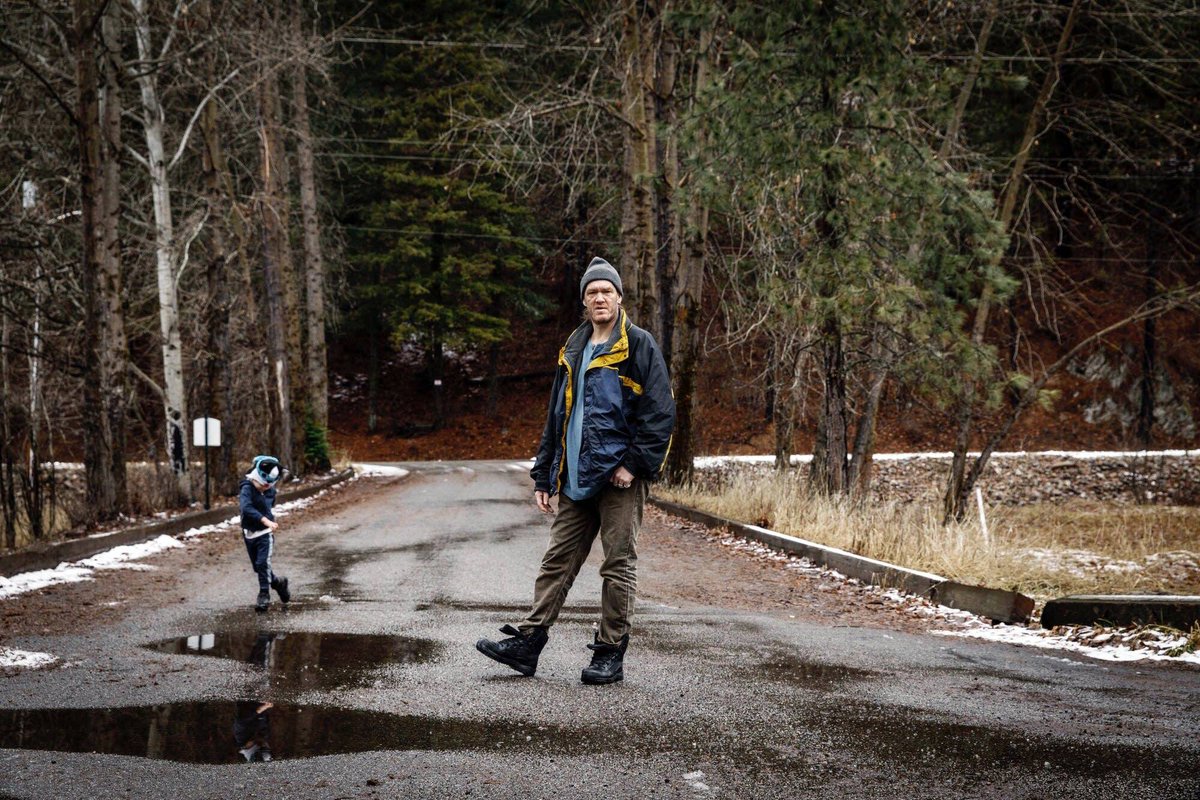People across the country are getting a break on their rent, but @fastlerner and I found they're paying for it with their health. Poor families, seniors are living in nation’s most polluted places — and the government has done little to protect them. (1/6) https://www.apmreports.org/story/2021/01/13/public-housing-near-polluted-superfund-sites
“Most of the time people that live on toxic sites don’t know their kids are going out and playing on contaminated land, with lead and other toxins,” said Michael Kane @nahudtenants. Tens of thousands face potential harm. @NLIHC @aforhj @dianeyentel @NHLP @CenterOnBudget (2/6)
In Idaho, industry has fought tooth and nail and kids, like Floyd’s, are paying the price of lead exposure. At 4, he still can’t talk. The health dpt said the problem is solved but we tested 3 complexes and found lead dust IN ALL OF THEM. (3/6)
In N. Birmingham, pollution has been a way of life for generations—Black ppl grew up in it, worked in it, ate in it, played in it. State, fed officials helped industry protect profits but local environmental activists keep pushing back @gaspgroup @RepTerriSewell @DougJones (4/6)
Not only is the Superfund prgm dangerously depleted, btwn "80 and 90 percent of our (cleaned up) sites leave some contamination in place,” longtime EPA official Jim Woolford. @EnvProtectioNet @ELPCenter @EJForum @nbejn1 @EnvJustice @NRDC (5/6)
"Who is responsible? Everyone and no one at the same time,” said @UChicagoLaw prof Rob Weinstock. More on his related research with @ColumbiaLaw @KateWalz2 @emilyabenfer @MarkNTempleton @dmchiz and Emily Coffey (6/6) https://www.povertylaw.org/report/poisonoushomes/
One last--but not least--shout out to @craftworksxyz who figured out important stuff like: Today, the census blocks where the Collegeville Center sits are subject to more dangerous emissions than 95 percent of census tracts nationwide. Also, he's our resident mathematician






 Read on Twitter
Read on Twitter


